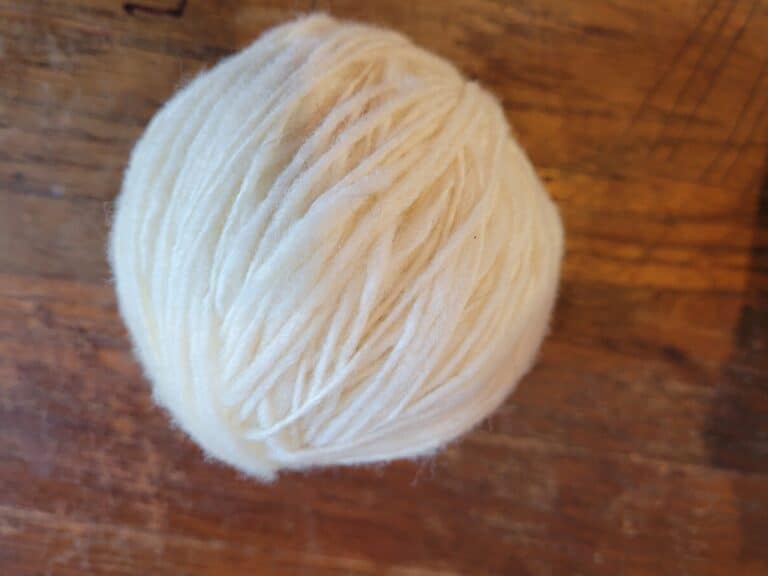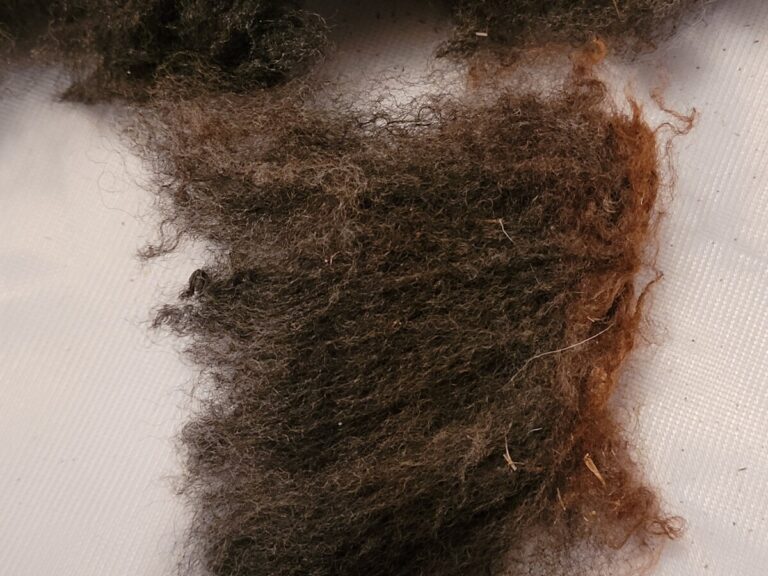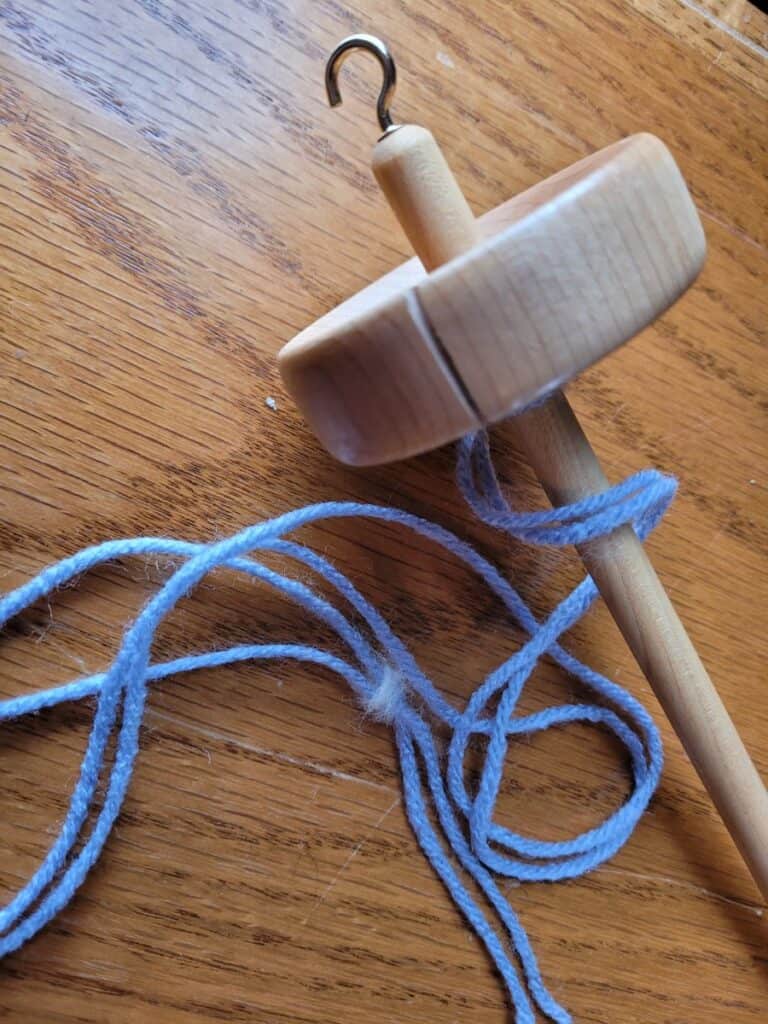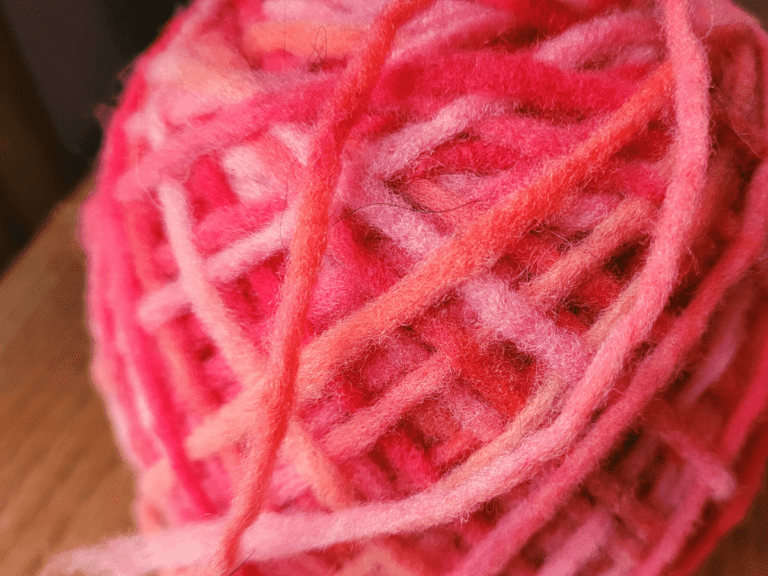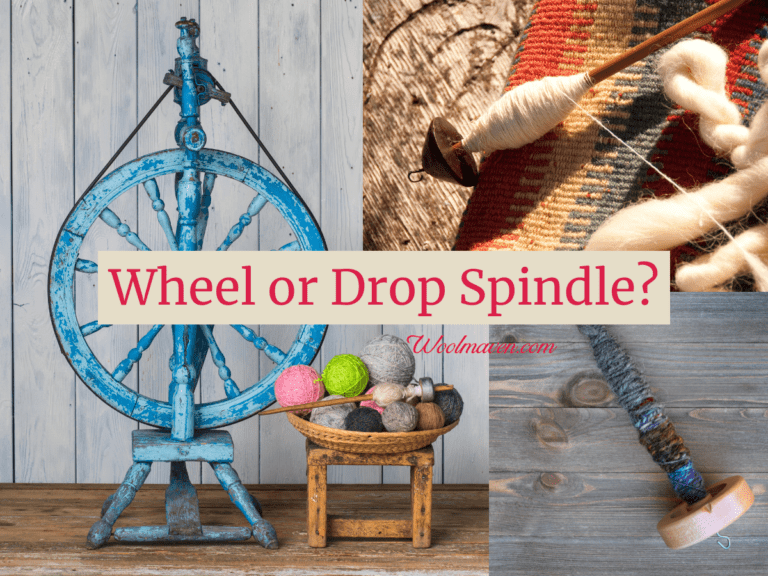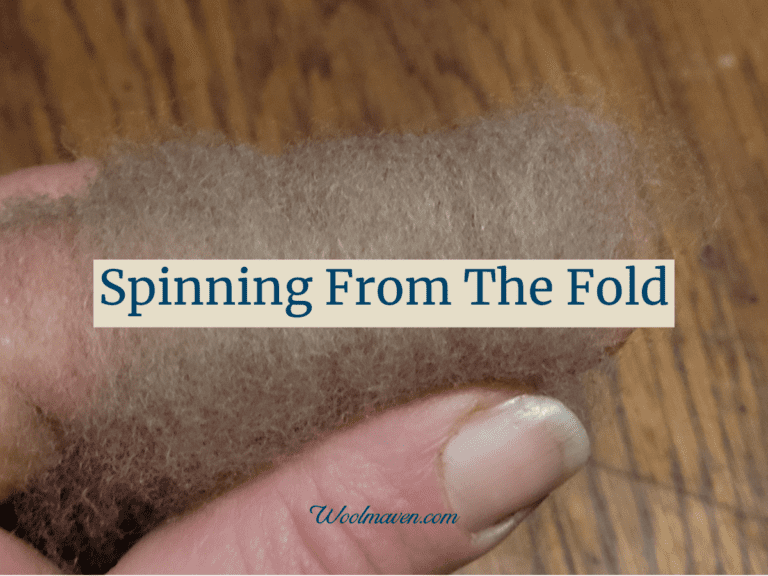Can You Spin Wool By Hand?
Wool yarn online or in the craft store can be pretty spectacular!
And, of course it’s not only lovely, but is also used in all manner of crafts, from felting to weaving, which it makes you wonder, where does wool yarn come from?
Do you have to buy wool yarn or can you spin that wool by hand and maybe even in your own home?
You can spin wool by hand at home, using a spinning wheel or a spindle. Using processed wool, like purchased roving, will make spinning wool more convenient for the home spinner.
Cost To Get Started Spinning Wool goes over the costs of getting your equipment and your wool supply for spinning.
You can spin wool at home
You can easily spin wool or other fibers at home. Handspinners have been spinning fibers at home for centuries, if they can do it, so can you!
To spin wool at home, you will need a place to work from, so the floor space of about the size of a bed down to a bathtub sized area.
You need to have room for your wheel, your fiber and you and your chair.
If you are using a spindle, you will still need some room to work the spindle, but not as much space as you would need for a wheel and chair.
Is Learning To Spin Wool Easy? goes over the various parts of learning to spin wool and how to practice each step so your first few tries spinning will be easier!
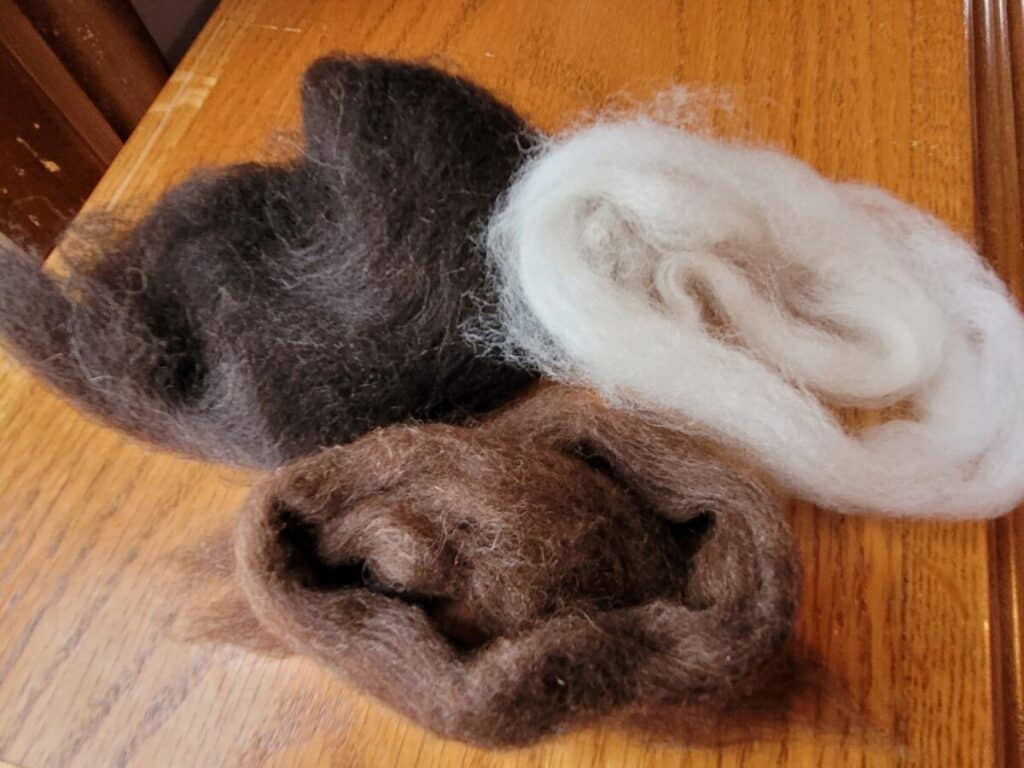
Handspinning wool is a portable pastime
You can also take your wheel, if it is a smaller one, and definitely your spindle and take off to the park and spin while taking in some sun.
When it’s nice out and not too windy, it’s fun to spin outside for a change!
You could also take your spinning to pass the time if your day is filled with waiting, like while you are waiting for appointments.
A waiting room would be a great spot for improving your drop spindle skills, plus it would give the rest of the crowd something to think about other than waiting!
Additionally, many handspinners love to get together in casual groups or at events and work on their spinning and chat about new ideas or what has worked with new to them wool projects.
If you go to a fiber festival or sheep and wool festival in your area, you’ll see both vendors and attendees spinning with portable wheels and spindles.
Spinning wool is not hard
Spinning wool is not hard, but it does take some time and dedication to learn.
It will also take perseverance to work through your not so great first attempts to get to the point where you can make a yarn that you are happy with.
It takes some work and the ability to keep going despite frustration, but if you keep working, you will start to love and even crave the handspinning experience. I find handspinning to be very relaxing.
Handspinning instruction is easy to find online
With a quick look around, you can find all kinds of help for learning handspinning.
There are numerous videos that show how to start handspininning, from which wheel or spindle you should get to which fiber to use and how to use them.
It’s actually kind of funny, as a beginner you are learning and trying your best to make a smooth yarn that looks the same from end to end, and, ideally, will work well for your intended project.
As a more experienced spinner, you’ll start to experiment with new techniques and try to produce new to you styles of yarn, some of which end up looking a lot like the stuff you made by accident as a beginner!
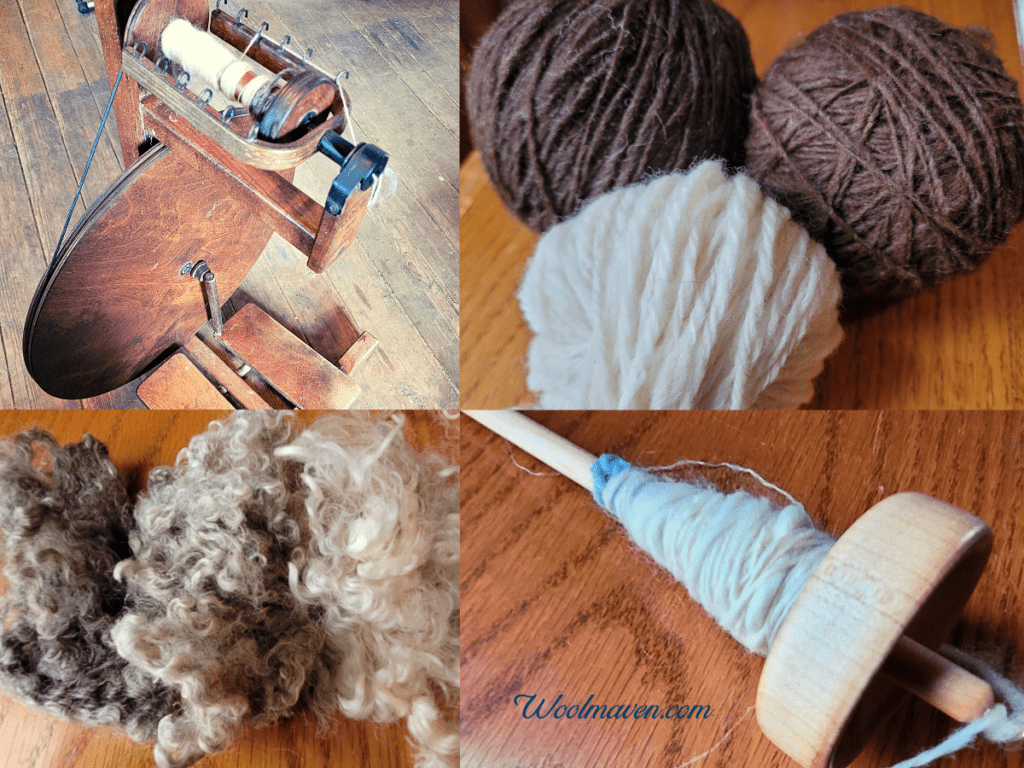
This post contains affiliate links, which means I receive commissions if you choose to purchase through links I provide (at no extra cost to you).
You need a wheel or a spindle
The reason that spinning wool is such a everyone friendly skill is that all you need to spin is a wheel or spindle and some fiber. That’s it!
You can buy your wheel or spindle, or rent them and keep them at home without worry, since they do not need care, like a pet, or maintenance, like your car. Your wheel will be ready whenever you are.
This is the spindle I purchased, it’s a basic one, but it works just fine!
If you are thinking about learning on a wheel, popular beginner wheels are the Ashford Kiwi 3 and the Louet S17.
Wool needs to be carded or combed
The fiber for spinning is more than just wool, it is wool that has been prepared so that it is clean, well separated and easy to spin.
This means that you’ll need to get some processed wool roving or top.
Roving or combed top are both fiber preparations in which the fiber is washed carded and, for the top, combed to align the fibers so that they are easy to spin.
Without fiber preparation the wool can be greasy, dirty or have little bits of hay or other materials that the sheep picked up while it was in the pasture. All this needs to be washed out to make nice spinning.
After washing the wool, called scouring since it is done with hot water and detergent or soap, the wool is dried and then carded.
The hand cards that I use are Clemes & Clemes Curved Back Wool Cards. I’ve had them for almost 20 years and use them for all of my hand carding.
Carding separates out the fibers into an organized, easy to use fluffy rope.
Some wool is further processed by combing, which helps to remove any last little bits of hay (called VM or vegetable matter), drop out any short fibers and align the fibers in parallel, more like a river of wool.
Which ever fiber preparation is used, most wool needs to be carded or combed before spinning.
A few breeds of sheep have fleeces that can be used without processing, this is the handspinner’s choice.
You can spin other fibers
I have mentioned that you can spin wool, which is the most popular fiber available for handspinners and comes from all types of sheep, so you get all types of wool, but there are also other fibers to spin.
Non wool fibers that folks are spinning can be from other fiber producing animals, made from synthetic materials or made from plants.
Here are some non sheep’s wool fibers that are used by handspinners:
- alpaca
- angora rabbit hair
- mohair (angora goat)
- silk
- cotton
- mint
- nettles
- synthetic fibers, like angelina
- bamboo
- pineapple
I’m sure there are more fibers for handspinning, but this is a good list to get you started thinking about all of the fibers available for the handspinner.
Additionally, consider the options available if you were to blend fibers, for instance a merino and silk blend is very popular, as is a wool and mohair blend.
The Woolery has an easy to read article How To Get Started Spinning, which has quite a few tutorial videos in addition, for the more visual parts of spinning.


